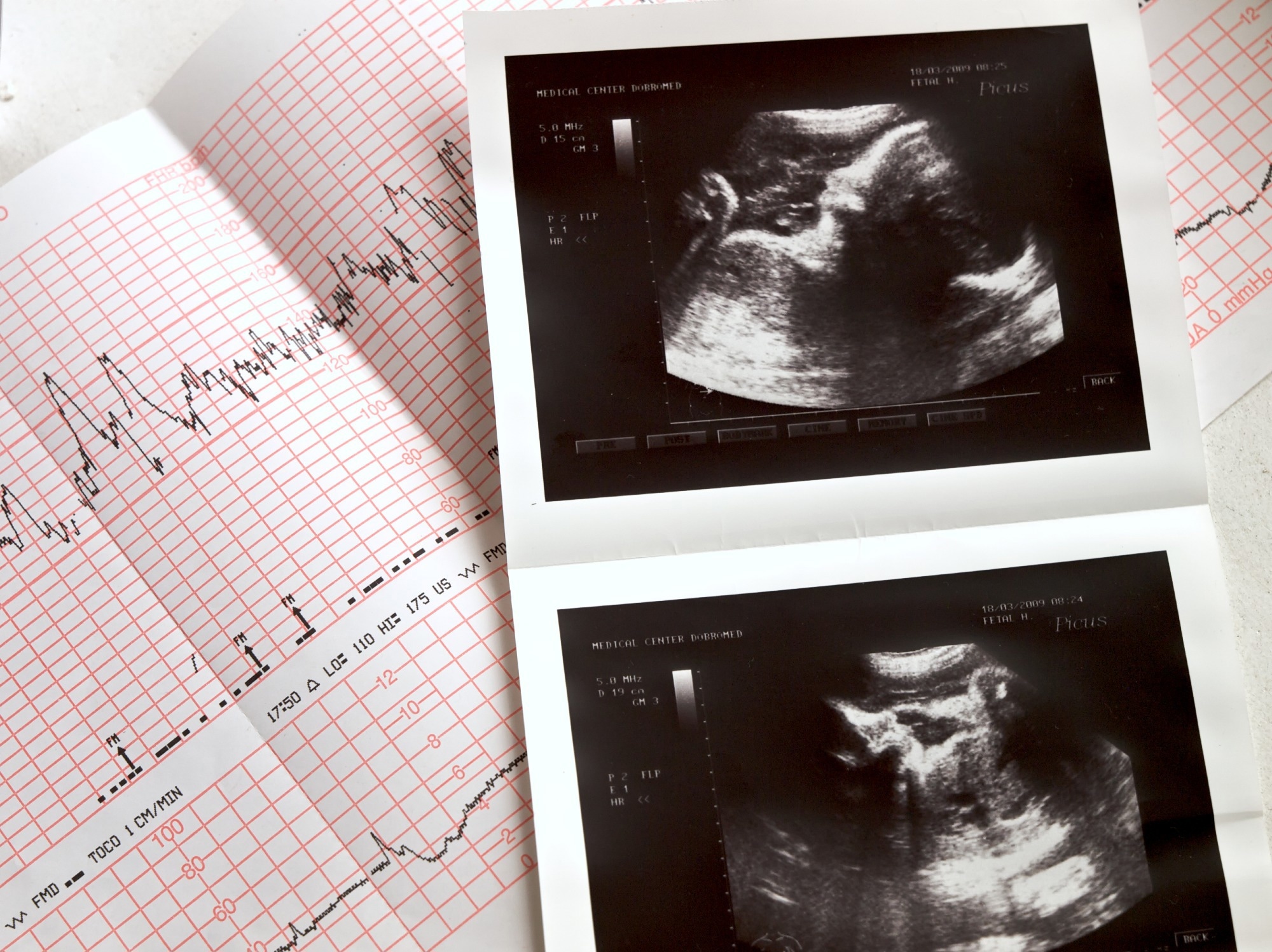A recent Nature study uses a combination of single-cell ribonucleic acid (scRNA)-sequencing and high-resolution multiplexed error-robust fluorescence in situ hybridization (MERFISH) to better understand cardiac cell types that form the human heart.
 Study: Spatially organized cellular communities form the developing human heart. Image Credit: liseykina / Shutterstock.com
Study: Spatially organized cellular communities form the developing human heart. Image Credit: liseykina / Shutterstock.com
Background
The heart is the first organ to develop and is dependent on its morphological features to function. Changes in these cardiac structures can lead to congenital heart disease, which one of the most common birth defects. In addition to children, adults with abnormal morphological heart features are at an increased risk of developing valvulopathies and hypertrophic cardiomyopathies.
Thus, it is imperative to understand spatially coordinated diverse cell types that create the complex heart structure and are crucial for its function. To date, the interactions of cardiac cell types and how they organize to form a fully functionalized heart is not fully understood.
About the study
The current study identified cooperative cellular interactions that are directly associated with heart morphogenesis. In this context, comprehensive scRNA-seq was performed, along with MERFISH of developing human hearts. Here, the potential of single-cell transcriptomics and spatial biology were exploited to analyze RNA transcripts from numerous genes in individual cells.
Study findings
Initially, the specific cell lineages that constitute the developing heart were studied using scRNA-seq. This technique enabled replication of human hearts between nine and 16 post-conception weeks (p.c.w.).
Developing hearts that were significantly smaller than fully formed adult hearts were dissected into intact cardiac chambers. This strategy enabled investigation of the interventricular septum (IVS), which improved the ability to identify more cell types, particularly from underrepresented regions.
A total of 142,946 single cells were collected from cardiac samples and analyzed using scRNA-seq. Within these cells, endothelial, cardiomyocyte, blood mesenchymal, and neuronal compartments were segregated.
Gene marker analysis and graph-based clustering identified twelve cell classes within each cell compartment, with further cell clustering analysis identifying 39 populations. Notably, the newly identified cell lineage exhibited heterogeneity that was attributed to its anatomical location and developmental state, thus highlighting the developmental complexities of the human heart.
MERFISH imaging elucidated the spatial organization of cardiovascular cells identified in scRNA-seq. The application of an NS-Forest2 classifier in scRNA-seq clustering analysis enabled the identification of 238 cell-subpopulation-specific genes that were targeted by MERFISH-encoding probes.
A total of 108.2 million transcripts from 258,237 cells were generated through cellular segmentation and adaptive filtering. The RNA transcripts identified in the MERFISH experiment exhibited significant correlation with experimental replicates and scRNA-seq datasets.
Cardiac gene marker analysis identified 27 distinct MERFISH cell populations that could be associated with the developmental classes discovered by scRNA-seq.
Taken together, the multimodal analysis led to the discovery of diverse cardiovascular lineages that participate in the development and morphogenesis of the human heart. The correlation of MERFISH imaging analysis with scRNA-seq data provided new insights into the transcriptional profiles and function of specific genes for these spatially resolved individual cells.
The role of certain genes in influencing cell-cell interaction (CCI) algorithms was also explored by identifying distinct cell signaling ligand-receptor pairs expressed between spatially neighboring cell populations to facilitate their interactions. To this end, unique plexin-semaphorin (PLXN–SEMA) signaling pathways were observed among different combinations of interacting cell populations within specific layers of the ventricular wall.
Unusual multicellular interactions among PLXNA2+ PLXNA4+ ventricular cardiomyocytes, SEMA6A+ SEMA6B+ endothelial cells, and SEMA3C+ SEMA3D+ fibroblasts were identified. These interactions could regulate the allocation of cardiomyocytes during the morphogenesis of ventricular wall compaction.
Conclusions
The combined scRNA-seq and MERFISH approach allowed the researchers to construct a comprehensive cardiac cell atlas during the development of the human heart at spatial and molecular single-cell resolution.
Herein, new cardiac cell populations from underrepresented regions of the heart, such as the conduction system and cardiac valves, were identified, thereby enhancing current knowledge of cell types that constitute the human heart.
The MERFISH-based high-resolution spatial cardiac cell atlas provided new insights into how the identified cell types interact and influence the formation of distinct cardiac structures. Overall, the study findings could support future studies aiming to better understand the pathologic mechanisms that determine congenital and adult structural heart diseases.
Journal reference:
- Farah, N. E., Hu, R. K., Kern, C., et al. (2024) Spatially organized cellular communities form the developing human heart. Nature. doi:10.1038/s41586-024-07171-z